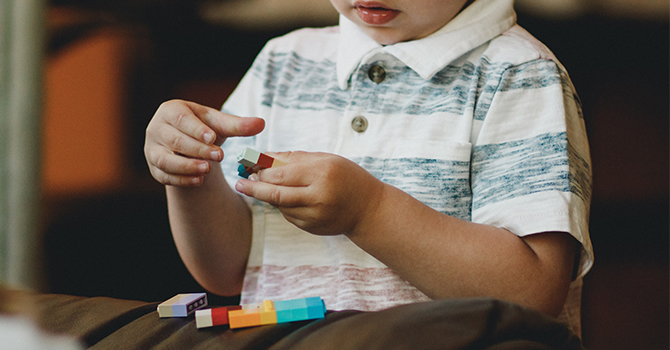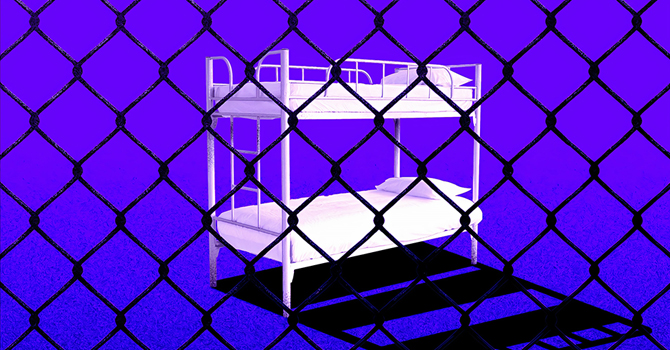
Policing Is a Public Health Issue
Health Behavior and Health Education Diversity, Equity, and Inclusion Committee
Applications are open for fall 2026!
Apply Today

While promoting healthy eating may be well-intentioned, messaging that incites fear of weight gain contributes to weight stigma and encourages negative psychological outcomes. During a pandemic, it is especially important to consider in all health care settings the implications of discussing food and bodies.

Early screening and intervention, including in the doctor’s office, can help address health inequities and mitigate their impact. The negative effects of childhood adversity extend to a variety of health outcomes. Screening promotes well-being by ensuring families have the resources they need to maintain a healthy environment for their child.

Raising a child is an incredibly demanding task. The task of raising a child becomes more difficult when your child has a developmental disability, such as Autism Spectrum Disorder (ASD). The field of public health can use its knowledge of health theory to inform policies that decrease the burden for families of children with ASD and increase access to services for these families to utilize.

Thousands of children still live inside US immigration detention centers, and they are not getting adequate care. These populations include large numbers of Latinx children currently living in a traumatic and uncertain environment. Obtaining the data necessary to understand the mental health impacts of detainment on these children is vital.

In recent weeks, the killing of Black and African Americans during encounters with police has brought renewed and overdue attention to the public health and societal crisis that is racism. Matthew L. Boulton, Jillian Morgan, and Sara McAdory-Kim share how the American Journal of Preventive Medicine is working to raise awareness of this issue.